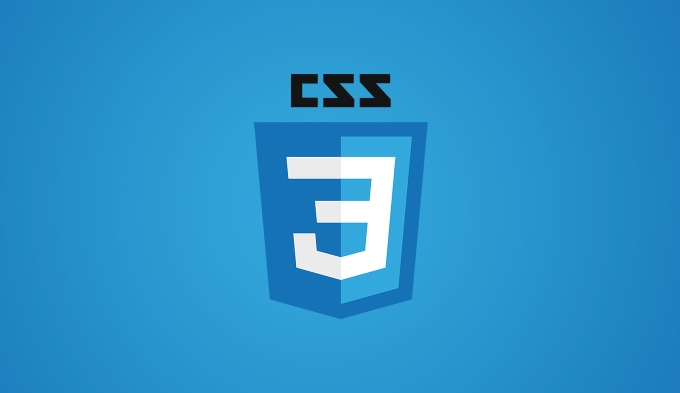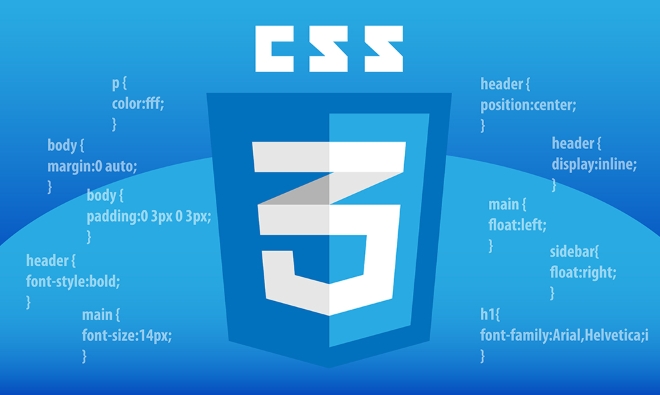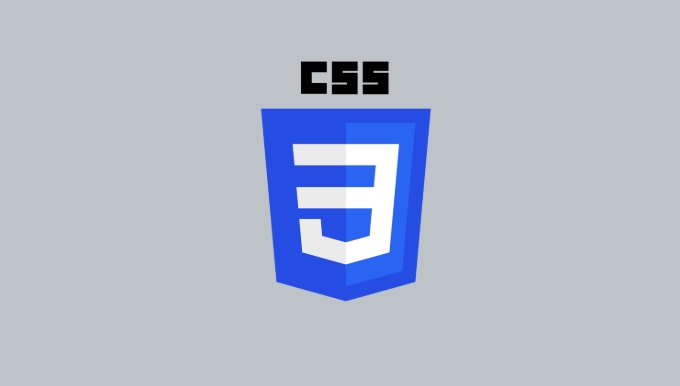CSS keyframe animation can achieve delicate and complex effects through techniques. 1. Use animation-timing-function to refine the rhythm, such as the first half of ease-in the second half of ease-out; 2. Control the playback state through animation-play-state and animation-direction to achieve pause, reverse, and back-and-forth playback; 3. Use commas to separate multi-layer animation overlays to create combined animation effects; 4. Dynamically adjust animation parameters in combination with JavaScript, such as modifying CSS variables to change the duration or direction. Mastering these techniques can improve animation fluency, controllability and interactivity.

Although CSS keyframe animation is basic, it can produce very delicate and even complex animation effects after use. Many people stay at the stage of writing a simple rotation or fading. In fact, through some techniques and control methods, your animation can be smoother, more controllable, and even dynamic adjustments can be achieved.

Use animation-timing-function to refine rhythm
Keyframe animations are linear by default, but you can change the transition rhythm between each keyframe through animation-timing-function . For example, use ease-in from 0% to 50%, and change from 50% to 100% to ease-out , which can accelerate the first half of the animation and slow down the second half.

@keyframes bounce {
0% { transform: translateY(0); }
50% { transform: translateY(-100px); }
100% { transform: translateY(0); }
}
.element {
animation-name: bounce;
animation-duration: 2s;
animation-timing-function: ease-in, ease-out;
}Note: If you set multiple timing functions, they will be applied in order between the individual keyframes. This technique is suitable for bounce and ease effects.
Control animation playback status: pause, replay and reverse playback
Sometimes you want the animation to pause or play backwards in specific situations, you can use animation-play-state and animation-direction .

-
animation-play-state: paused;can pause running animation. -
animation-direction: reverse;will make the animation return backward from the end point to the starting point. -
alternateoralternate-reversecan achieve the effect of back and forth playback.
For example, pause the animation when the mouse hovers:
.element {
animation-play-state: running;
}
.element:hover {
animation-play-state: paused;
}This method is very suitable for interactive animations, such as button hover effect, circle pause during loading, etc.
Multi-layer animation overlay: Separate multiple animations with commas
You can apply multiple keyframe animations at the same time on one element. Simply separate different animation names with commas and set the corresponding duration, timing function and delay respectively.
.element {
animation-name: spin, pulse;
animation-duration: 2s, 1s;
animation-timing-function: linear, ease-in-out;
animation-iteration-count: infinite, infinite;
} In the above example, .element will perform two animations: spin and zoom pulse at the same time. This approach is great for creating visually rich but well-structured combinations of animations, such as the movement of multiple balls in loading animations.
Dynamically control animation parameters (with JavaScript)
If you want to dynamically adjust the behavior of the animation at runtime, such as changing the duration, keyframe content or playback direction based on user actions, you can operate CSS variables or modify the style directly through JavaScript.
A common practice is to use CSS to customize properties (variables) and then change these values ??in JS:
.element {
--duration: 2s;
animation: move var(--duration) infinite alter;
}
@keyframes move {
0% { transform: translateX(0); }
100% { transform: translateX(100px); }
}JS Control:
document.querySelector('.element').style.setProperty('--duration', '1s');
This allows dynamic adjustment of animation speed or other parameters without redefining the keyframe, which is ideal for responsive or interactive scenarios.
Basically that's it. After mastering these skills, you can write more layered and interactive CSS animations.
The above is the detailed content of Advanced CSS Keyframe animation techniques and control. For more information, please follow other related articles on the PHP Chinese website!

Hot AI Tools

Undress AI Tool
Undress images for free

Undresser.AI Undress
AI-powered app for creating realistic nude photos

AI Clothes Remover
Online AI tool for removing clothes from photos.

Clothoff.io
AI clothes remover

Video Face Swap
Swap faces in any video effortlessly with our completely free AI face swap tool!

Hot Article

Hot Tools

Notepad++7.3.1
Easy-to-use and free code editor

SublimeText3 Chinese version
Chinese version, very easy to use

Zend Studio 13.0.1
Powerful PHP integrated development environment

Dreamweaver CS6
Visual web development tools

SublimeText3 Mac version
God-level code editing software (SublimeText3)

Hot Topics
 What is 'render-blocking CSS'?
Jun 24, 2025 am 12:42 AM
What is 'render-blocking CSS'?
Jun 24, 2025 am 12:42 AM
CSS blocks page rendering because browsers view inline and external CSS as key resources by default, especially with imported stylesheets, header large amounts of inline CSS, and unoptimized media query styles. 1. Extract critical CSS and embed it into HTML; 2. Delay loading non-critical CSS through JavaScript; 3. Use media attributes to optimize loading such as print styles; 4. Compress and merge CSS to reduce requests. It is recommended to use tools to extract key CSS, combine rel="preload" asynchronous loading, and use media delayed loading reasonably to avoid excessive splitting and complex script control.
 How to use Lotties in Figma
Jun 14, 2025 am 10:17 AM
How to use Lotties in Figma
Jun 14, 2025 am 10:17 AM
In the following tutorial, I will show you how to create Lottie animations in Figma. We'll use two colorful designs to exmplify how you can animate in Figma, and then I'll show you how to go from Figma to Lottie animations. All you need is a free Fig
 Breaking Boundaries: Building a Tangram Puzzle With (S)CSS
Jun 13, 2025 am 11:33 AM
Breaking Boundaries: Building a Tangram Puzzle With (S)CSS
Jun 13, 2025 am 11:33 AM
We put it to the test and it turns out Sass can replace JavaScript, at least when it comes to low-level logic and puzzle behavior. With nothing but maps, mixins, functions, and a whole lot of math, we managed to bring our Tangram puzzle to life, no J
 External vs. Internal CSS: What's the Best Approach?
Jun 20, 2025 am 12:45 AM
External vs. Internal CSS: What's the Best Approach?
Jun 20, 2025 am 12:45 AM
ThebestapproachforCSSdependsontheproject'sspecificneeds.Forlargerprojects,externalCSSisbetterduetomaintainabilityandreusability;forsmallerprojectsorsingle-pageapplications,internalCSSmightbemoresuitable.It'scrucialtobalanceprojectsize,performanceneed
 Does my CSS must be on lower case?
Jun 19, 2025 am 12:29 AM
Does my CSS must be on lower case?
Jun 19, 2025 am 12:29 AM
No,CSSdoesnothavetobeinlowercase.However,usinglowercaseisrecommendedfor:1)Consistencyandreadability,2)Avoidingerrorsinrelatedtechnologies,3)Potentialperformancebenefits,and4)Improvedcollaborationwithinteams.
 CSS Case Sensitivity: Understanding What Matters
Jun 20, 2025 am 12:09 AM
CSS Case Sensitivity: Understanding What Matters
Jun 20, 2025 am 12:09 AM
CSSismostlycase-insensitive,butURLsandfontfamilynamesarecase-sensitive.1)Propertiesandvalueslikecolor:red;arenotcase-sensitive.2)URLsmustmatchtheserver'scase,e.g.,/images/Logo.png.3)Fontfamilynameslike'OpenSans'mustbeexact.
 CSS Counters: A Step-by-Step Tutorial with Examples
Jun 12, 2025 am 10:31 AM
CSS Counters: A Step-by-Step Tutorial with Examples
Jun 12, 2025 am 10:31 AM
CSSCounters is a tool for creating automatic numbers. 1. Basic usage: define and operate counters through counter-reset and counter-increment, such as "SectionX." before h2. 2. Advanced usage: Use nested counters to create complex numbers, such as chapter and section numbers. 3. Notes: Ensure the counter is reset correctly, optimize performance, and simplify counter logic. 4. Best practice: clear naming, define counters in CSS, and use counter-increment and counter-reset reasonably.
 What is Autoprefixer and how does it work?
Jul 02, 2025 am 01:15 AM
What is Autoprefixer and how does it work?
Jul 02, 2025 am 01:15 AM
Autoprefixer is a tool that automatically adds vendor prefixes to CSS attributes based on the target browser scope. 1. It solves the problem of manually maintaining prefixes with errors; 2. Work through the PostCSS plug-in form, parse CSS, analyze attributes that need to be prefixed, and generate code according to configuration; 3. The usage steps include installing plug-ins, setting browserslist, and enabling them in the build process; 4. Notes include not manually adding prefixes, keeping configuration updates, prefixes not all attributes, and it is recommended to use them with the preprocessor.






